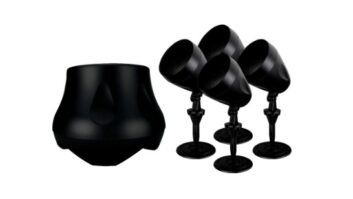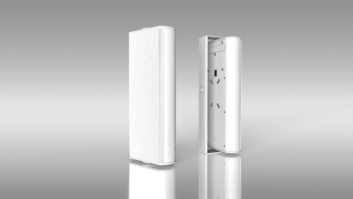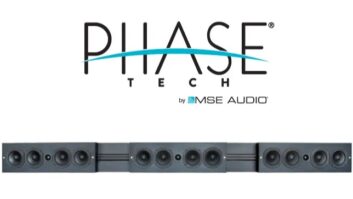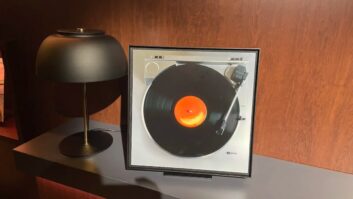A Consumer Electronics Association (CEA) working group is developing a set of recommended practices for installing architectural speakers in a home’s walls and ceilings and in outdoor locations.
The recommended practices document is targeted to veteran and novice installers and to builders, said Dave Wilson, CEA’s engineering and standards director. It will complement CEA’s multiroom audio cabling standard (CEA 2030) issued last year to create guidelines for incorporating distributed audio wiring in new and existing homes.
The new document (CEA-CEB-17), in final drafting stages by a working group, could be approved as early as late spring by CEA’s audio systems committee, Wilson said. Content includes best indoor and outdoor speaker locations, the impact of room acoustics on sound, matching the number and sizes of speakers to a room’s size, isolating in-wall and in-ceiling speakers to prevent unwanted sound from leaking into an adjacent room, and weatherproofing outdoor speakers. Definitions for terms such as active and passive speakers, line-level output and subwoofers are also included.
The document will appeal particularly to installers entering the custom A/V business from other disciplines, such as electrical contracting, Wilson said. Builders “who might be inclined to take on installation themselves” will also be interested, he added. Experienced A/V installers might learn new tricks of the trade, he added.
Builders who contract out installation will also gain from the document because “builders and installers must work together to get a system installed correctly,” said Megan Hayes, standards development and international programs manager.
The multiroom audio cabling standard, in contrast, addresses most other issues involving multiroom audio installs. For example, it describes the various types of system architectures that can be used to distribute audio throughout the house, the types of products and cabling to use, and where to install source components and pull cables. Among other things, it also explains the differences between in-wall volume controls and keypads, and it refers installers to the national electrical code for techniques to suppress lightning-induced electrical surges that could enter a house through buried outdoor-speaker cables.
The cabling document was developed to make builders more comfortable with A/V contractors and thus increase the multiroom adoption rate, the CEA 2030 working group said last year after approving the document. The document would also give installers who adopt the standard additional credibility with the builders that they approach, the group said.
The distributed audio standard was an outgrowth of the structured-wiring standard, which included only a half-page on distributed audio. That document stressed distributed audio systems whose brains were located mainly in a structured-wiring enclosure along with telephone, broadband, lighting and video-distribution components.
CEA’s 2030 standard for running audio wires “is easy for people who run electrical wires or cables to grasp, but they’ve probably not given as much thought to speaker locations,” Wilson noted.













